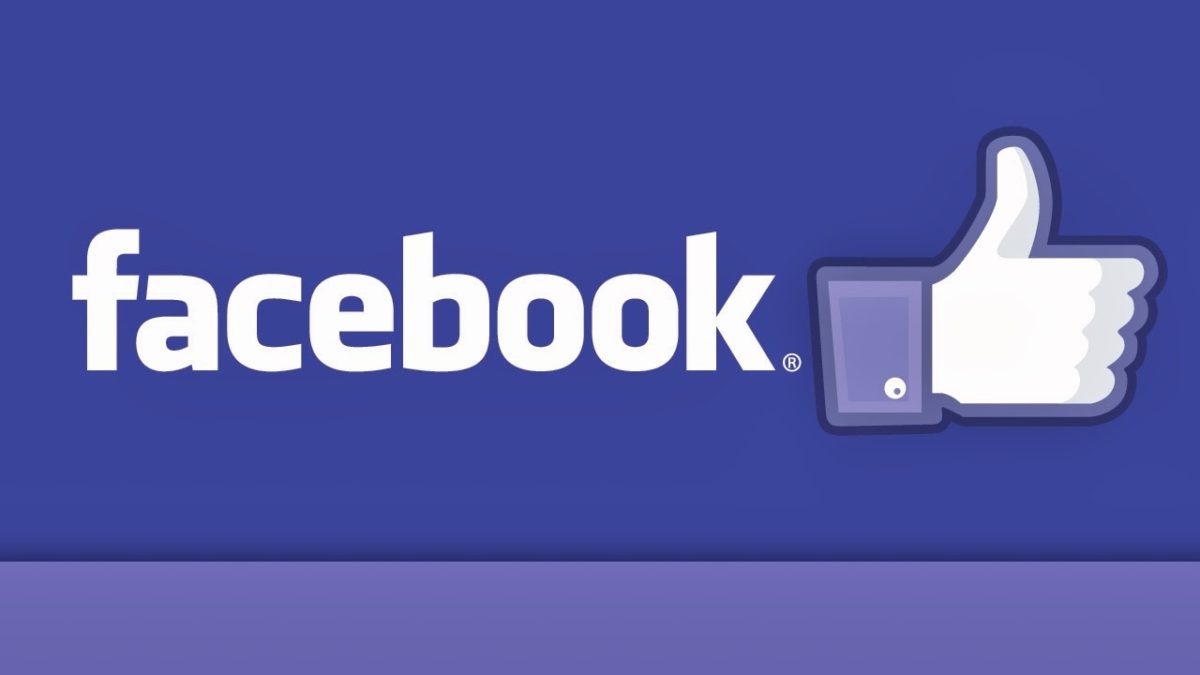A very well-known photographer posted this on Facebook
Maybe, just maybe, we need more powerful images – beauty, humanity, authenticity – not shinier websites or better business cards.
I understand when you look around and see people pouring money and time into a lot of glitzy promotional material when I think their photos suck. Over the years, I learned that maybe I need to pay attention to them more. What are they doing that gets them work year after year with work, in my opinion, is subpar?
Putting down others is where I think too many pros are today. They are putting down someone else’s work to lift themselves. The problem is they are just whining and struggling to pay the bills. Meanwhile, those with “shinier websites or better business cards” are becoming quite successful.
What is also strange is this photographer sets up most of their “humanitarian photos.” They take a lamb and put it in a kid’s’ arm that isn’t their lamb, and they are not a shepherd, but that is what they need to promote the nonprofit.
I commented:
Where do you think the audience sees your images today–websites, just like we are seeing this comment. Sure we need good content, but people need to see the images and they will not see them on your camera or computer.
Their Response:
sure but (a) the internet is not the only place photographs are shown and (b) my argument is not against good design, it’s for more compelling photography. No one benefits from brilliant PR efforts that do not begin and end with photography that connects.
Well, the photographer and the client are benefiting. They are connected and doing something, while those who are still all into themselves and their images are not connecting to clients. They are self-centered because they didn’t spend enough time on websites, business cards, and, more importantly, pointing potential clients to their websites through emails, flyers, postcards, and phone calls.
My final comments:
Actually, I would disagree. I see way too many photographers who have so-so photography but better marketing and business sense than all the photographers who have great work and not PR and business sense. I think all the layoffs of Pulitzer Prize winning journalists that are struggling right now proves my point.
I AGREE that great images really are important. HOWEVER the one thing most photographers need help with is business and marketing.
I think you are a great example of someone who does a great job marketing and promoting yourself. Your work is very professional, but I know many National Geographic Photographers and Pulitzer Prize winning journalists that have much better work than you or I who are struggling.
I think your whole premise to your comments here are just the opposite of what photographers need to hear. Those in agreement look at those photographers with successful businesses wondering why someone is hiring them.
The reason is simple—those photographers are promoting themselves while they continue to think it is all about the image.
Further, I would argue that both those who are spending a lot of time on portfolios, business and marketing are missing the crown jewel of success.
We are no longer in a B2B [Business to Business] or B2C [Business to Customer] market. We are in a H2H [Human to Human] market.
We need to be out there listening to the needs of people. When we have listened long enough then we need to help think of ways that we can help solve problems for people. Sometimes this means we are not a good match. But by listening we can then see how our skills may be of service.
We then should be talking about how our work will address their concerns. We should have examples of how we have done this for others. We then need client testimonials backing up our claims.
If we do this we will quickly learn it isn’t all about us. This is what focusing on content alone will do—make it all about you. We need to focus on others and really connect.
I think Jesus said it best John 13:35
“By this everyone will know that you are my disciples, if you love one another.”
This requires us to reach out not just to the subject—but the customer and the audience.
Our job is to be as transparent as possible in the process. We want the audience to connect to the subject. When we do this people are moved by the moment and don’t notice all the hard work. They just are moved by the story.

